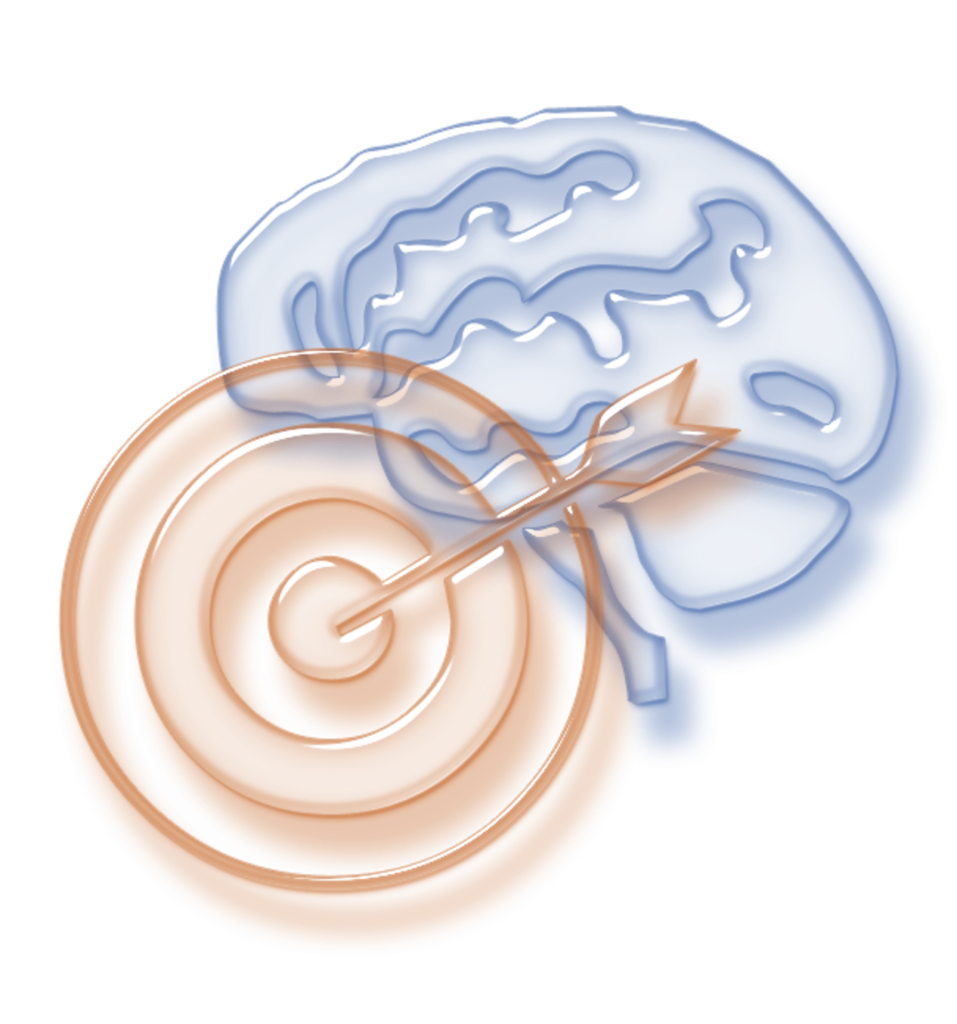From movies to markets, artificial intelligence (AI) is a hot topic. In the retail and marketing sector, the staff at PYMNTS reports, “Thanks to an abundance of consumer data at their fingertips, retailers have slowly and subtly begun rolling out applications for many sectors of the retail industry, everything from using AI to offer better product recommendations, to chatbots that can carry on an (almost) lifelike conversation with consumers and help push them toward checkout, to being utilized in image recognition systems.”[1] When it comes to targeted marketing, one of AI’s most important capabilities is machine learning; especially when marketers are searching for new customers. Rick Delgado (@ricknotdelgado) explains, “Finding customers based on traditional marketing tactics is now old hat. Now, when it comes to finding customers, machine learning is the main attraction.”[2]
Targeted Marketing and Machine Learning
In the area of commerce, many people believe retailers and marketers have the upper hand because they collect and analyze all sorts of consumer data. Deloitte Consulting analysts, Jennifer Lacks Kaplan, Ashley Reichheld, and Katie Dye, believe the customer is now king. They explain, “Armed with smartphones, tablets, and other connected devices, today’s consumers are digitally empowered and in control, proactively mining company websites, online retail sites, search engines, online forums, mobile apps, and social media platforms for information about products and services. In this new environment, it can be more difficult than ever for consumer products (CP) companies to reach and influence their target audience.”[3] The current belief is that personalization is one of the best ways for companies to differentiate their products. Delgado asserts, “With the advent of big data mining, [the traditional] one-size fits all [marketing strategy] just isn’t cutting it anymore. Customers and clients all want a more personalized experience and businesses are serving just that by switching over to a more customer-focused and personalized offering model.” Kaplan, Reichheld, and Dye agree. They write, “Winning with consumers along their purchase journey typically requires customized marketing messages.”
So how does machine learning help in the area of personalization? Personalization requires a company to know who its target audience is (i.e., what persona types are in the targeted segment). Delgado explains, “Today’s organizations and businesses are being driven by customer experience, and those who make it their number one priority are the ones who will really stand out from the competition. Businesses can give more personalized offerings to their customers and ultimately drive higher conversions by building ideal customer profiles.” He continues:
“These profiles can answer questions such as ‘which customers will buy next month?’, ‘what marketing content is the best for a particular client?’, and ‘what customers will be our largest spenders?’ Answering these kinds of questions will lead businesses to target the right individuals and ideal customers all through the use of big data mining and predictive analytics through machine learning. … Machine learning works 24/7 to sift and analyze massive amounts of data and then pinpoints minute patterns and contrasting bits of data. The end result can be a report that offers statistical foundations for real-time tactical decisions for marketing and sales teams or even for customer support who needs to react to requests as quickly as possible. They also need to anticipate customers’ needs in order to influence future actions. This can all be accomplished by machine learning systems that will discover patterns in customer’s historical interactions with the company allowing you to create more relevant campaigns.”
Although a person’s buying history is important information, being able to predict what a person might want to buy next is even more important. Dan Wilkinson, chief commercial officer of 1WorldSync, explains, “Traditional personalization models of ‘you bought this, so you might like that,’ can go only so far, because they struggle to identify purchase factors outside of what retailers program into their item relationships, and they can’t identify specific consumers and their individual preferences.”[4] Machine learning can help. Delgado reports, “With big data analytics and machine learning, businesses can now gather extensive amounts of data to predict customers’ future needs.” Wilkinson adds, “Some 45% of shoppers are more likely to shop with brands and retailers that offer personalized recommendations, and predictive analytics are the gateway to these customers. Because consumers aren’t always sure of what their next purchase will be, offering highly relevant and timely recommendations can accelerate purchase decisions and gain even more information on core customers. This level of deep understanding also helps build a better decision-making culture, where merchandising and marketing efforts are informed by customer data instead of speculation.”
Machine Learning and Advertising
Claudia Perlich (@claudia_perlich), Chief Scientist at Dstillery, observes, “Machine learning is virtually everywhere behind the digital advertising scenes.”[5] To prove her point, she lists six ways machine learning is being applied to a number of different components of advertising. They are:
1. Measurement and attribution (market mix models, causal modeling from observational data, propensity matching, etc.).
2. Cross device association (predicting the probability that two devices belong to the same person based on usage patterns, IP overlap, etc.).
3. Intent prediction (what is the probability that a consumer is going to buy that new car in the next month or so) on an individual level.
4. Response prediction on an ad impression level (probability of a click or a video completion).
5. Fraud detection (how can I tell a bot from a real person, spoofed URL’s from real, click fraud from true interest, etc.).
6. Audience insights (looking at a model that is good at predicting intent — can I extract some behavioral patterns for instance to inform creative design).
Kaplan, Reichheld, and Dye assert, “[Advanced analytics and machine learning] can give CP companies insights to guide audience targeting and optimization of content, tactics, and spending.” But, according to David Weldon, companies are struggling to use big data effectively. “Organizations continue to pour money into big data and analytics to better understand customers,” he writes, “but in many cases there remains a large gap between customer expectations and what organizations are really providing.”[6] He reports, however, there is good news according to a survey conducted by Researchscape. “Despite past shortcomings, using data to better understand customers is a top business priority in 2017 for two-thirds of organizations surveyed.”
Summary
McKinsey analysts, Julien Boudet, Brian Gregg, Jason Heller, and Caroline Tufft, write, “We’ve come a long way from ‘People who bought this, also bought that.’ … Data-activated marketing based on a person’s real-time needs, interests, and behaviors represents an important part of the new horizon of growth. It can boost total sales by 15 to 20 percent, and digital sales even more while significantly improving the ROI on marketing spend across marketing channels.”[7] Kaplan, Reichheld, and Dye conclude, “Successful CP companies in a digital world will likely need new capabilities that help them become faster, more granular, and connected.” Machine learning is one of those capabilities.
Footnotes
[1] Staff, “Artificial Intelligence In Retail Is Already Here,” PYMNTS.com, 14 October 2016.
[2] Rick Delgado, “Machine Learning Can Help You Find Your Ideal Customer,” Datafloq, 12 June 2017.
[3] Jennifer Lacks Kaplan, Ashley Reichheld, and Katie Dye, “Using Tech to Connect With Consumers,” The Wall Street Journal, 25 May 2017.
[4] Dan Wilkinson, “The Four Trends That Should Drive Retail Strategy in 2017,” MarketingProfs, 3 March 2017.
[5] Claudia Perlich, “How is machine learning impacting digital advertising?” Quora, 31 August 2016.
[6] David Weldon, “Many firms struggle to use customer data effectively,” Information Management, 2 May 2017.
[7] Julien Boudet, Brian Gregg, Jason Heller, and Caroline Tufft, “The heartbeat of modern marketing: Data activation and personalization,” McKinsey & Company, March 2017.





